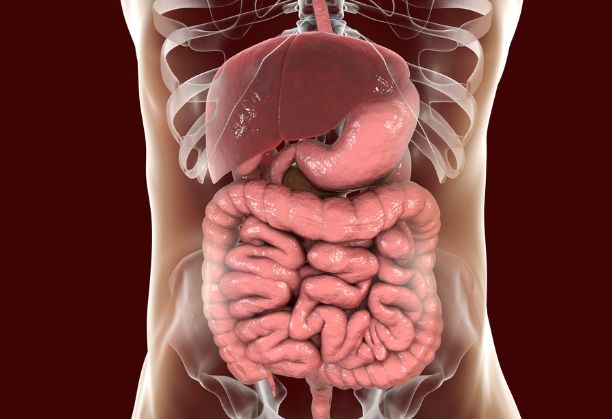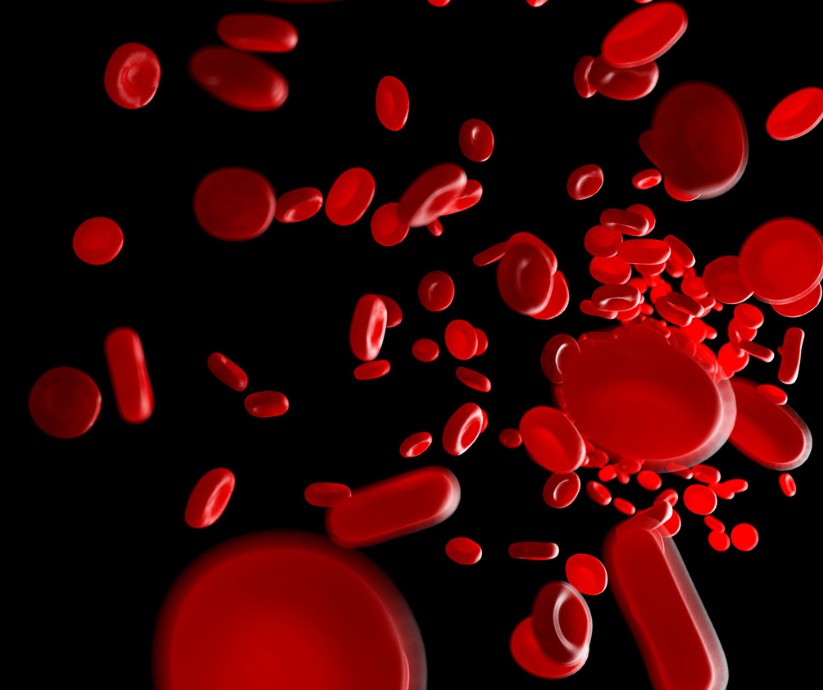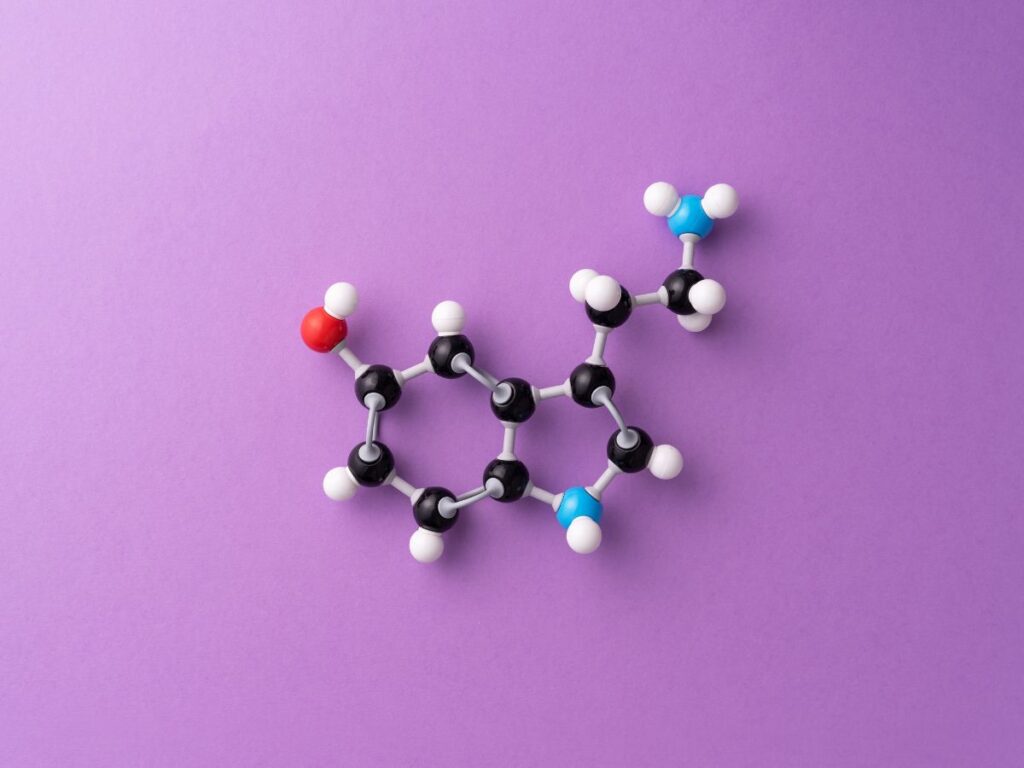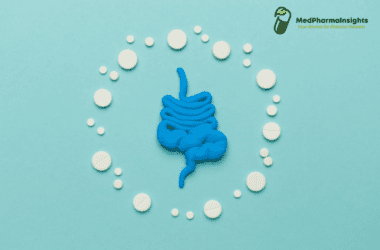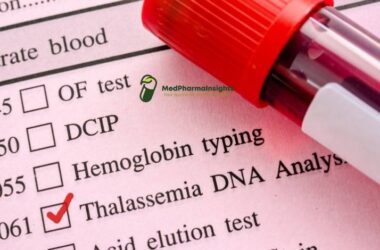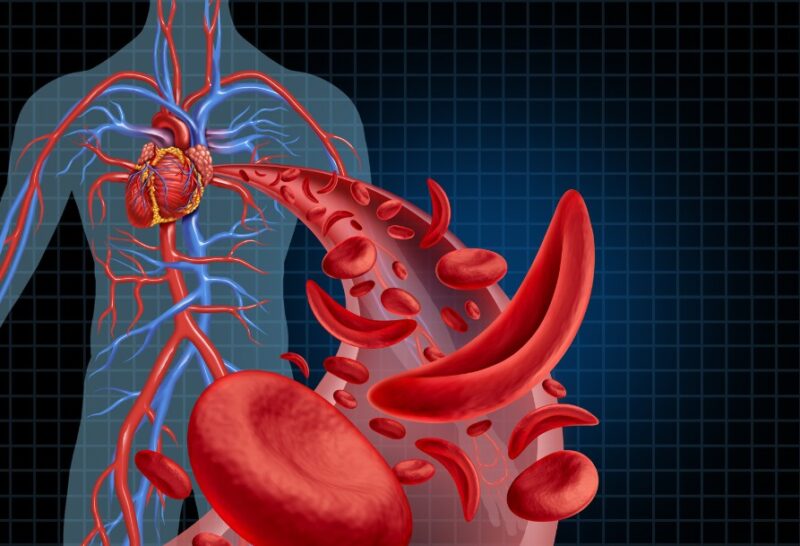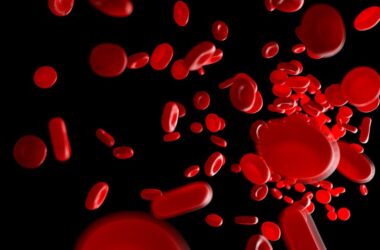What is Anemia?
Anemia is a condition that occurs when there are insufficient amounts of hemoglobin or healthy red blood cells in the blood. The oxygen-carrying protein in red blood cells is called hemoglobin. The tissues in an anemic person’s body do not receive adequate oxygen. This may result in symptoms like exhaustion, dizziness, and shortness of breath.
Two distinct processes lead to the low hemoglobin level that characterizes anemia:
-
- Increased hemoglobin loss brought on by either hemolysis, or the death of red blood cells, or hemorrhage.
-
- Diminished production of hemoglobin as a result of either malnourishment or bone marrow malfunction.
Some of the more common anemias that involve drug therapy:
Microcytic anaemias
-
- Anaemia of chronic disease
-
- Sideroblastic anaemia
Megaloblastic anaemias
-
- Folate deficiency
-
- Vitamin B12 deficiency
Haemolytic anaemias
-
- Autoimmune haemolytic
-
- Thalassaemia
-
- Glucose-6-phosphate dehydrogenase deficiency
Epidemiology
Possibly one of the most prevalent illnesses worldwide, anemia has a major negative impact on morbidity and death, especially in developing nations. Over 50% of expectant mothers and over 40% of newborns are anemic globally. Anaemia has been identified in 14% of women and 3% of men in the UK between the ages of 35 and 64.
Erythropoiesis


The normal erythropoiesis process can be divided into the following stages:
-
- Stem cell proliferation: Hematopoietic stem cells in the bone marrow divide and differentiate into common myeloid progenitors (CMPs). CMPs can further differentiate into either red blood cell progenitors (erythroblasts) or other types of blood cells, such as white blood cells and platelets.Myeloid progenitor cells are stimulated by erythropoetin to differentiate into erythroblasts.
-
- Erythroblast maturation: Erythroblasts mature and develop into Reticulocyte. Before developing into erythrocytes, reticulocytes are present in the peripheral circulation for a 24 hours . When erythropoiesis is elevated, reticulocytes are prematurely discharged into the peripheral circulation.This process takes about 7 days. During this time, the erythroblasts undergo a number of changes, including:
-
- Synthesis of hemoglobin: Hemoglobin is the protein in red blood cells that carries oxygen.
-
- Ejection of the nucleus: The nucleus is ejected from the erythroblast in order to make room for more hemoglobin.
-
- Development of a cell membrane: The erythroblast develops a cell membrane that is rich in glycoproteins and glycolipids. These molecules help to protect the red blood cell and allow it to move through the bloodstream more easily.
-
- Erythroblast maturation: Erythroblasts mature and develop into Reticulocyte. Before developing into erythrocytes, reticulocytes are present in the peripheral circulation for a 24 hours . When erythropoiesis is elevated, reticulocytes are prematurely discharged into the peripheral circulation.This process takes about 7 days. During this time, the erythroblasts undergo a number of changes, including:
-
- Release of red blood cells into the bloodstream: Once the erythroblasts have matured, they are released into the bloodstream as red blood cells.About 2 × 1011 erythrocytes each day enter the bloodstream. About 120 days are spent by normal erythrocytes in the peripheral circulation.
The following are the key factors that regulate erythropoiesis:
-
- Erythropoietin (EPO): EPO is the primary regulator of erythropoiesis. It is produced by the kidneys in response to low oxygen levels in the blood. EPO stimulates the proliferation and maturation of erythroblasts.
-
- Iron: Iron is an essential component of hemoglobin. Without enough iron, the body cannot produce enough red blood cells.
-
- Vitamin B12 and folate: Vitamin B12 and folate are also essential for the production of red blood cells. A deficiency of either of these vitamins can lead to anemia.
-
- Oxygen levels: Oxygen levels in the blood also play a role in regulating erythropoiesis. When oxygen levels are low, the kidneys produce more EPO. When oxygen levels are high, the kidneys produce less EPO.
The normal erythropoiesis process is essential for maintaining a healthy supply of red blood cells in the body. Red blood cells are responsible for transporting oxygen to the tissues. If the body does not have enough red blood cells, the tissues will not get enough oxygen. This can lead to a variety of symptoms, including fatigue, shortness of breath, and lightheadedness.
Symptoms of anemia:
The symptoms of anemia can vary depending on the severity of the condition and the underlying cause. Some of the most common symptoms of anemia include:
-
- Fatigue
-
- Shortness of breath
-
- Lightheadedness
-
- Paleness
-
- Chest pain
-
- Headache
-
- Dizziness
-
- Cold hands and feet
-
- Rapid or irregular heartbeat
-
- Poor appetite
-
- Difficulty concentrating
-
- Irritability
-
- Brittle nails
-
- Mouth ulcers
-
- Unusual cravings for non-food items, such as ice or dirt (pica)
In severe cases of anemia, symptoms may include:
-
- Angina pectoris (chest pain due to reduced blood flow to the heart)
-
- Heart failure
-
- Stroke
-
- Kidney failure
If you have any of the symptoms of anemia, it is important to see a doctor to get a diagnosis and treatment. Anemia is often treatable, but it is important to identify the underlying cause so that it can be addressed.
Please note that this is not a comprehensive list of all the possible symptoms of anemia. It is important to see a doctor if you have any concerns about your health.


